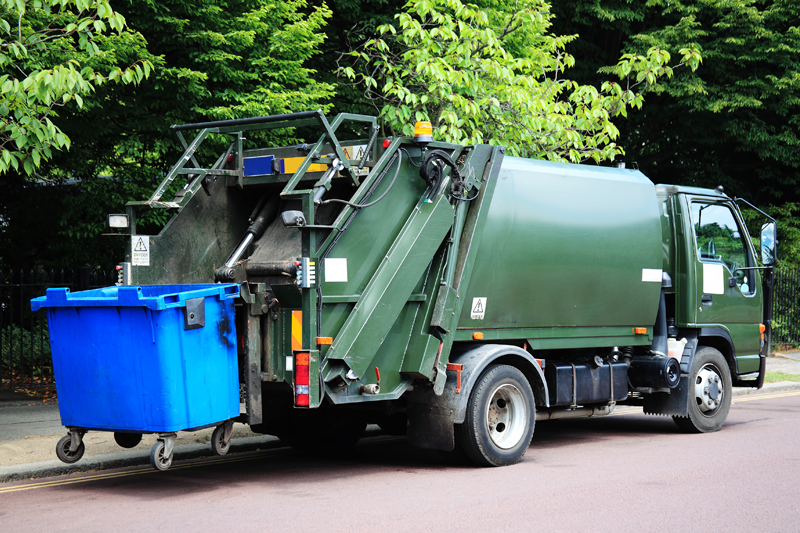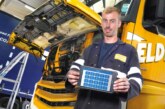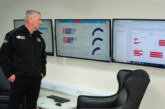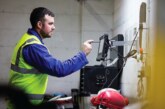Municipal vehicles are often working in urban environments, sharing the space with vulnerable road users such as cyclists and pedestrians. As a result, according to the HSE, reversing causes a disproportionately large number of moving vehicle accidents in the waste/recycling industry.
Injuries to collection workers or members of the public by moving collection vehicles are invariably severe or fatal, the HSE points out. Main causes include manual handling injuries, slips and trips, hit by moving object, falls, hit by moving vehicle, and contract with moving machinery.
One of the issues, it admits, is the lack of control operators have over the working environment: street geography, street furniture, other vehicles and even the weather can all increase risk.
Over the years, there has been an array of safety equipment fitted to municipal vehicles designed to reduce this risk of reversing incidents. The majority of refuse collection vehicles (RCVs) have reversing alarms fitted linked to ultra-sonic sensors or cameras. They play a valuable role in alerting pedestrians to the presence of the vehicle, but they also reduce accidental damage.
Side-detection systems
Now the same attention is being paid to other blind spot areas. Blind spots can also cause side collisions with street furniture such as bollards, lamp-posts and walls. Side detection systems can be camera-based or ultrasonic – the presence of an object on the nearside will activate the in-cab warning system.
At the CV show last month there were a host of companies, mainly with camera-based side-detection systems. One of the challenges for the manufacturers is to prevent any system making a false alarm, thus desensitising the driver when an actual event does occur, and the camera makers say ultra-sonic systems can be fooled by street furniture.
Vision Techniques points out that any system requires an effective way of detecting any approaching hazard before the driver makes any dangerous manoeuvre. Its Turnaware system, for example, is a camera and monitor system that uses light and motion sensors to detect cyclists moving towards the vehicle and will warn the driver of their approach. It uses light, speed and movement sensors to determine whether a hazard is approaching the vehicle, recognising and ignoring any other objects moving away from the vehicle.
The driver is then warned with an audible alarm from the monitor and any movement is highlighted on the screen in a green border.
TurnAware gives the driver the ability to see and be warned of any approaching danger. Video analytics improves on current detection systems by visualising any hazard through the monitor helping them judge any situation. By using this technology we can prevent false alarming, making the system more effective when used in built-up areas.
Cameras can help exonerate drivers unfairly accused of being to blame for an accident, and they are also increasingly fitted to alert drivers to pedestrians and cyclists.
- ‘Waste and Recycling Vehicles in Waste Collection’
- ‘The safe use of refuse collection hoists and bins’










